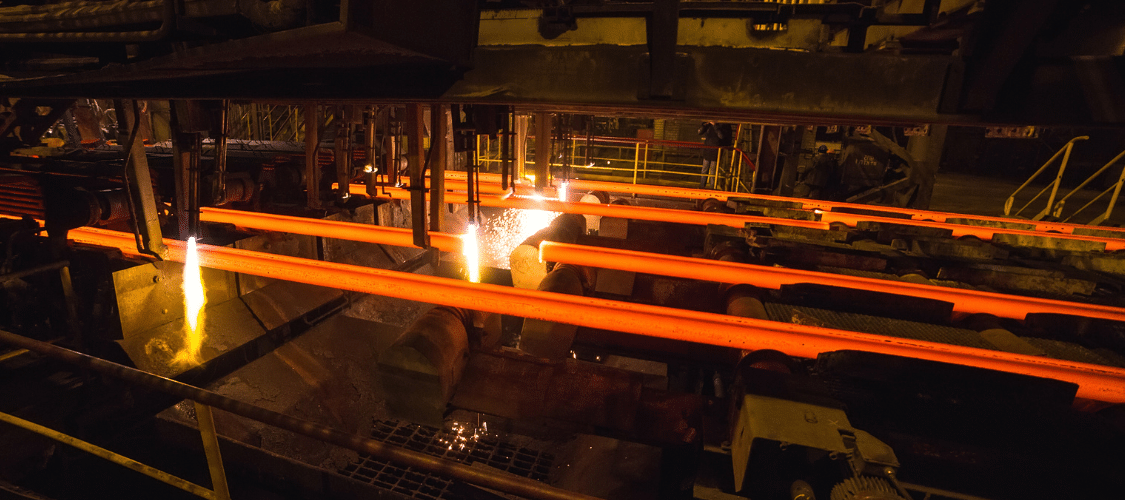In June 2025, the European Commission proposed measures to “revive the EU securitization framework”. This package of measures is the first legislative initiative proposed under the “savings and investments union” (SIU) strategy and aims at boosting securitization in the EU. Justified by the ideas that securitization could meaningfully contribute to finance the EU economy and its sustainable transition, but that the EU market remains underdeveloped – notably compared to the US – it removes barriers to securitization and eases related prudential requirements for financial institutions. However, securitization could reasonably only play a marginal role in financing the economy. Furthermore, the proposed measures do not reflect the need for securitization to be used for sustainable activities and could in fact contribute to fund polluting ones. In its advocacy note, Reclaim Finance provides essential recommendations to EU policymakers to avoid such a disastrous outcome.
Securitization is a mechanism for pooling and transforming financial assets into securities issued on the financial markets. Its aim is to convert illiquid assets into liquid securities, enabling financial institutions to free up capital and transfer all or part of the associated credit risk to investors. (1)
The European Commission has made the reform of securitization one of the landmark projects of its Saving and Investment Union (SIU) – formerly labelled Capital Market Union (CMU) – a wide-ranging and nebulous project to create an ecosystem that benefits investment in the EU and its strategic objectives. Yet, the development of securitization will at best play a limited role in meeting funding needs. Only about 30% of the volume of traditional securitizations are placed on the market, there is a limited pool of suitable assets for securitization and this mechanism often competes with other assets classes (notably covered bonds). (2) Furthermore, developing securitization can raise risks and increase the role of lightly regulated non-banking institutions. (3)
If the EU really wants to increase its financing capacity to meet its objectives, and especially regarding climate action and the sustainable transition, many levers must be activated. Current regulations like the due diligence directive and sustainability reporting directive should be preserved – and not drastically cut as proposed by the “Omnibus” (4) – and sustainable targeting should become a key feature of all Saving and Investment Union (SIU) projects. (5)
Yet, for the securitization push to make even a marginal contribution to the EU transition, it must include clear requirements to avoid supporting activities at odds with climate goals and instead go toward green ones. Indeed, in the absence of such guardrails, the increased financing capacity freed-up by securitization is likely to support heavily polluting activities.
Only a subset of “green” securitizations (6) could somewhat help mobilize private finance for the transition. These securitizations are underdeveloped today, (7) and the Commission proposal does not include any provision to incentivize them. On the contrary, most securitizations are not “green” and can be used to increase financing of polluting activities, including fossil fuels. The fact that climate and ESG risks are currently not considered in the securitization process, and its supervision makes this more likely and could make securitization a tool to hide these risks.
Considering the above issues, Reclaim Finance proposes amendments to the Commission’s securitization proposal aiming at:
- Providing transparency on exposure to most harmful and risky assets and potential exposure to risks and require due diligence from investors on the topic.
- Banning fossil fuel securitization /or/ applying a high-risk weight to fossil fuel securitization to account for potential financial risks.
- Requiring the securitization sub-committee to publish guidelines on ESG risks management.
- Making sure the review and evaluation of the directive considers the role of securitization in the EU sustainable transition and explores potential related improvements.



